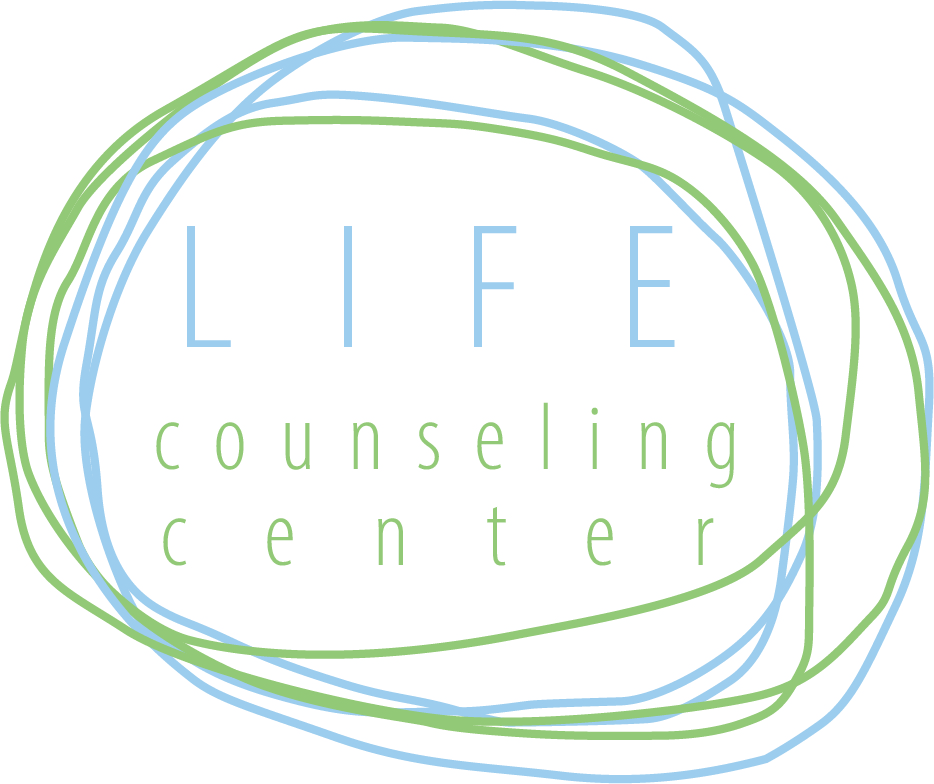For the Parent or Caregiver
Growing up can be hard.
And sometimes, we just need a little help to be able to help those we love.
It's not unusual to enlist the help of a professional to help navigate some of the bumpier waters. At Life Counseling, many of our counselors specialize in challenges kids face today.
Whether you're worried about a potential diagnosis of ADHD, depression, or have a child who's been bullied or traumatized, we can help.
We understand that as parents, we are typically only as happy as our unhappiest child. So, if you could use some support in navigating these often turbulent waters called Parenting, know that we have support for you too. From parenting support groups, to parenting classes, and maybe just one-on-one therapy for you, LIFE is here to help so you can bring the best version of yourself to the most important job you'll ever have
Some of the issues we tackle daily:
Anxiety
Anxiety involved more than temporary worry or fear. For a person with an anxiety disorder, the anxiety does not go away, and can get worse over time. The symptoms can interfere with daily activities such as job performance or schoolwork. Often the symptoms can affect relationships. There are several types of anxiety disorders, including generalized anxiety disorder, panic disorder, and various phobia-related disorders. (top)
ADHD
Attention Deficit/ Hyperactivity Disorder (ADHD) is a brain disorder marked by an ongoing pattern of inattention and/or hyperactivity or impulsivity that interferes with functioning or development. Inattention, impulsivity, and hyperactivity are key behaviors of ADHD. Some people with ADHD have problems with only one of the behaviors, while others have both inattention and hyperactivity/impulsivity. Most children with this diagnosis have the combined type of ADHD.
In preschool, the most common ADHD symptom is hyperactivity. It is normal to have some inattention, unfocused motor activity and impulsivity at this age, but for those with ADHD, these behaviors are more severe, occur more frequently, and interfere with or reduce the quality of how they function socially, at school, or in a job. (top)
Behavioral Issues
Behavioral issues in children vary, but can include fighting, lying, stealing, and defying authority figures.
Bullying
Bullying is unwanted, aggressive behavior among school-aged children that involves a real or perceived power imbalance. The behavior is repeated, or has the potential to be repeated over time. Both kids who are bullied and those who bully others may have serious, lasting problems as a result of the behavior. In order to be considered bullying, the behavior must be aggressive and include:
An imbalance of power. Kids who bully use their power – such as physical strength, access to embarrassing information, or popularity – to control or harm others. Power imbalances can change over time and in different situations, even if they involve the same people.
Repetition. Bullying behaviors happen more than once or have the potential to happen more than once.
Examples of bullying include actions such as making threats, spreading rumors, attacking someone physically or verbally, and deliberately excluding someone from a group. (top)
Social Anxiety
Social anxiety is the fear of being judged and evaluated negatively by other people, leading to feelings of inadequacy, inferiority, self-consciousness, embarrassment, humiliation, and depression. Every day, millions of people all over the world suffer from this devastating and traumatic condition – in the form of a specific social anxiety or in the form of a more generalized social anxiety. (top)
Low Self-Esteem
Individuals with low self-esteem tend to be critical of themselves. Some depend on the approval and praise of others when evaluating self-worth. Others may measure in terms of successes; some will accept themselves only if they succeed, not if they fail.
A person with low self-esteem may show some of the following characteristics:
Heavy self-criticism and dissatisfaction
Hypersensitivity to criticism with resentment against critics and feelings of being attacked
Chronic indecision and an exaggerated fear of mistakes
Excessive desire to please and unwillingness to displease others
Perfectionism, which can lead to frustration when perfection is not achieved
Neurotic guilt, dwelling on or exaggerating the magnitude of past mistakes
General hostility and defensiveness or irritability without any clear cause
Pessimism and a general negative outlook
Envy and overall resentment
Tendency to view temporary setbacks as permanent, intolerable conditions
(top)
Low Self-Confidence
A person’s degree of confidence, called self-confidence, is the trust or faith they have in themselves and their abilities. Self-esteem, on the other hand, is the opinion a person has of themselves.
Realistic feelings of confidence affect how we think and act, how we feel about others, and how successful we are in life. Low self-confidence can be defined as a lack of faith in one’s abilities and competence. Self-confidence can fuel success, while low self-confidence can hinder it. Having self-confidence does not mean that you can do everything. People with self-confidence have realistic expectations of themselves. Even when some of their expectations are not met, they continue to be positive and to accept themselves. (top)
Learning Disorders/ Difficulties
In simple terms, a learning disability results from a difference in the way a person’s brain is “wired.” They may have difficult reading, writing, spelling, reasoning, recalling and/or organizing information if left to figure things out by themselves or if taught in conventional ways. A learning disability can’t be cured or fixed. It is a lifelong issue. But with the right support and intervention, children with learning disabilities can succeed in school and go on to successful and often distinguished careers later in life.
Parents can help children with learning disabilities achieve such success by encouraging their strengths, knowing their weaknesses, understanding the educational system, working with professionals, and learning about strategies for dealing with specific difficulties.(top)

